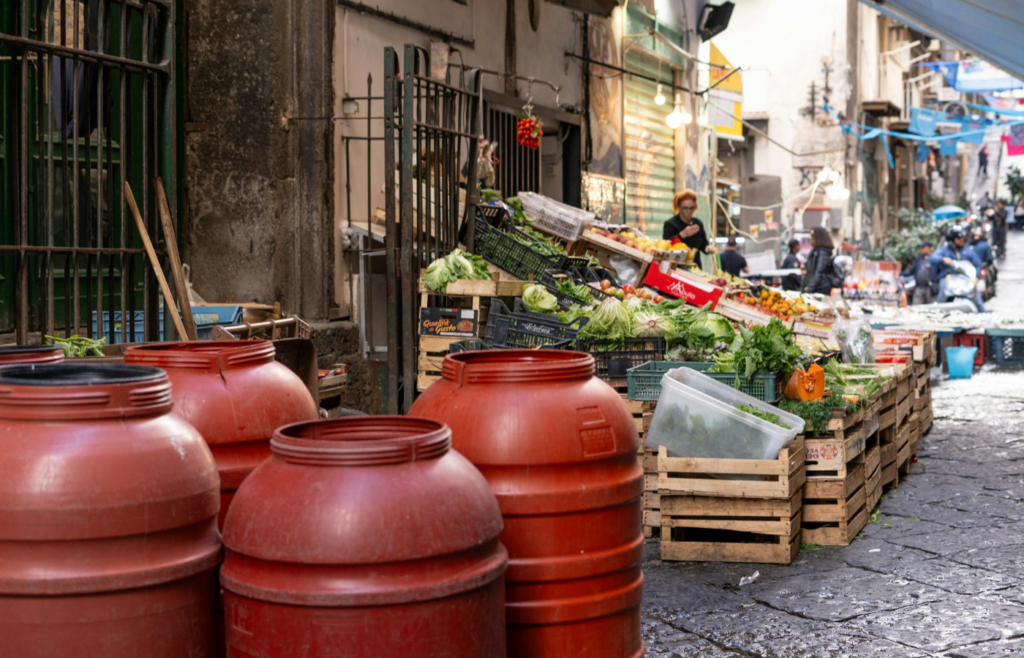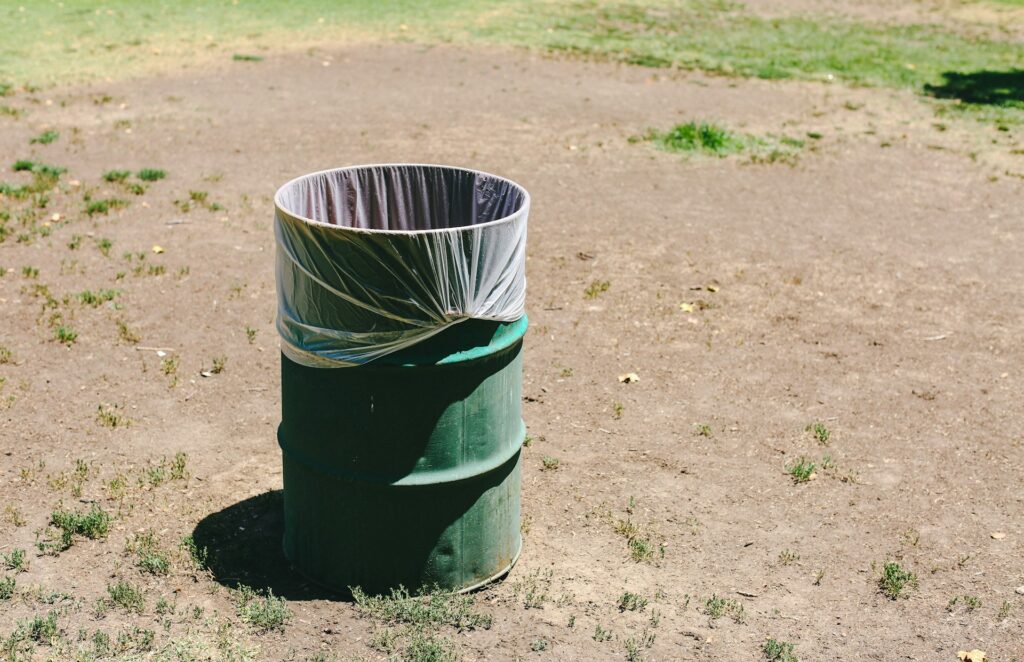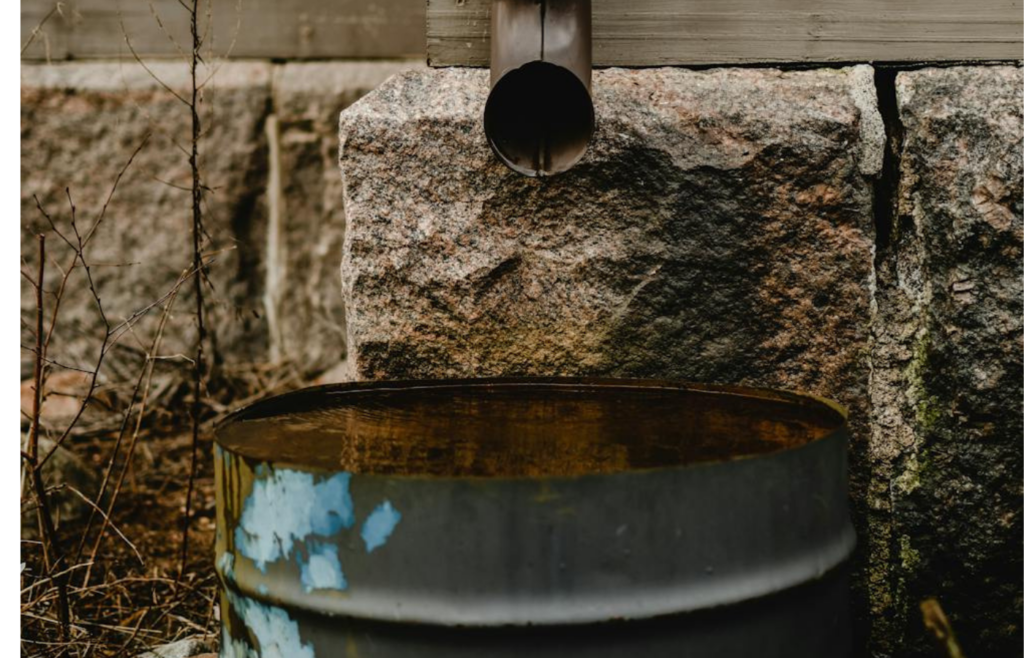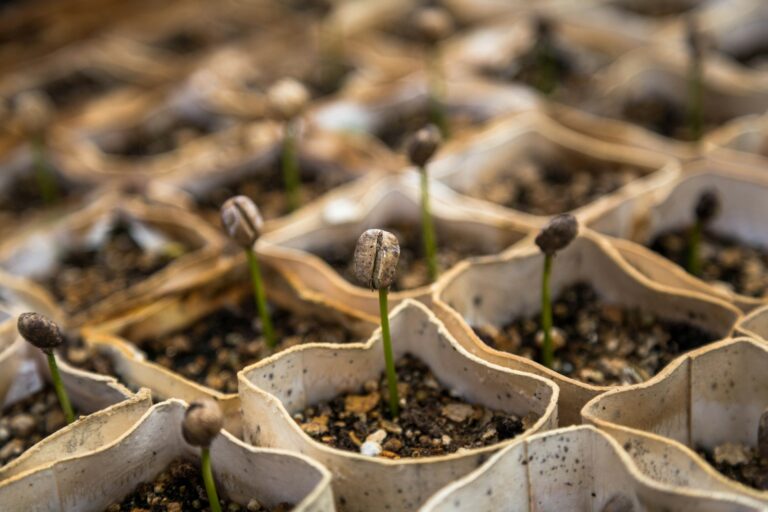Harvesting rainwater is an eco-friendly and cost-effective way to conserve water for various household and gardening needs. Implementing a DIY rainwater harvesting system can be straightforward and tailored to your specific requirements.
Here are the top 10 DIY rainwater harvesting systems you can build today:
1. Basic Rain Barrel System

A simple rain barrel system involves placing a barrel under a downspout to collect runoff from your roof. This setup is ideal for watering gardens and lawns. Ensure the barrel has a spigot for easy water access and a mesh screen to filter debris and prevent mosquito breeding.
2. Multiple Barrel System

Connecting multiple barrels increases storage capacity. Link barrels using overflow hoses or pipes, allowing excess water to flow from one barrel to the next, maximizing collection during heavy rainfall.
3. Trash Can Rain Barrel

Convert a large, sturdy trash can into a rain barrel by adding a spigot near the bottom and cutting an inlet hole on the lid. This budget-friendly option allows for customization based on available materials.
4. Intermediate Bulk Container (IBC) Tote System

IBC totes, typically holding around 275 gallons, offer substantial storage. Position the tote near a downspout, ensuring it’s on a solid, elevated platform for gravity-fed water pressure.
5. Rainwater Collection with First Flush Diverter

A first flush diverter channels the initial, potentially contaminated runoff away from your storage system, ensuring cleaner water collection. This is particularly useful for potable water systems.
6. Underground Storage Cistern

For larger storage needs, consider installing an underground cistern. This system requires more effort and investment but offers significant capacity and preserves above-ground space.
7. Rain Garden Integration

A rain garden is a landscaped area designed to absorb rainwater runoff from impervious surfaces like roofs and driveways. It’s an aesthetic and functional way to manage water while supporting local flora.
8. Green Roof System

Green roofs involve growing vegetation on rooftops, which absorbs rainwater, provides insulation, and reduces runoff. While more complex, they offer environmental benefits and aesthetic appeal.
Read More: Top 10 Weather Phenomena That Science Still Doesn’t Fully Understand
9. Rain Chain Drainage

Rain chains serve as an alternative to downspouts, guiding rainwater from the roof to storage or drainage areas. They add a decorative element while effectively managing water flow.
Read More: Never Do These 10 Things During a Thunderstorm
10. Semi-Circular Bunds

Ideal for arid regions, semi-circular bunds are earth mounds that capture and retain rainwater, promoting soil moisture and vegetation growth. They are labor-intensive but beneficial for land rehabilitation.
Before implementing any rainwater harvesting system, check local regulations, as some areas have restrictions on water collection. Additionally, ensure proper maintenance to keep your system functioning effectively and to prevent issues like mosquito breeding or water contamination.
Read More: 15 Smartest Ways to Prepare for a Hurricane Before It Hits





